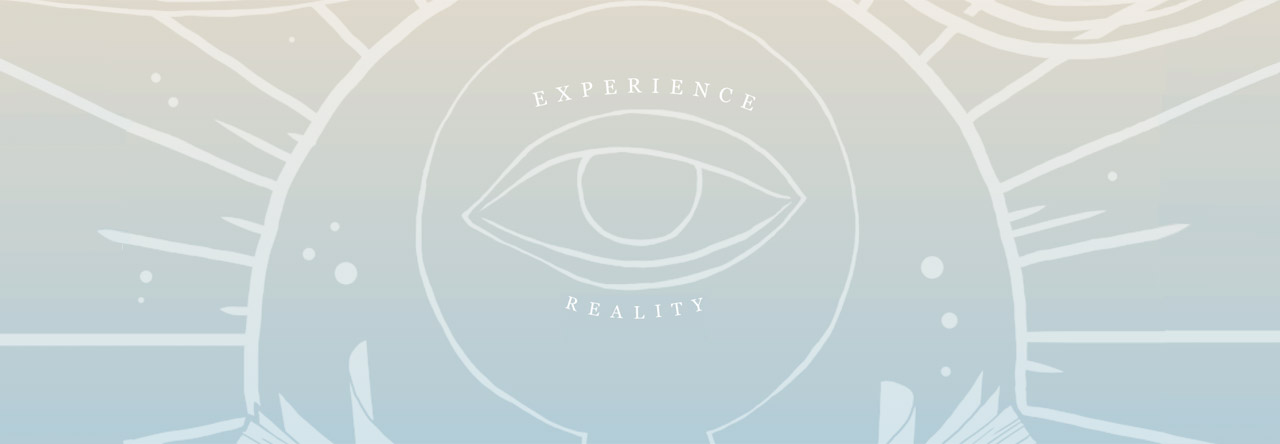 I finished reading Nightwoods last week, and I will for sure be recommending it to many Lemuria readers during the holidays coming sooner than we’ll all be ready! Nightwoods is fast paced, plot driven, and well written. Although I usually read psychological realism, and usually character driven fiction, I found myself really enjoying this “story”. Since I had never read a Charles Frazier novel, but had, of course, known of his fame in Cold Mountain, I knew that I was in for a treat.
I finished reading Nightwoods last week, and I will for sure be recommending it to many Lemuria readers during the holidays coming sooner than we’ll all be ready! Nightwoods is fast paced, plot driven, and well written. Although I usually read psychological realism, and usually character driven fiction, I found myself really enjoying this “story”. Since I had never read a Charles Frazier novel, but had, of course, known of his fame in Cold Mountain, I knew that I was in for a treat.
Initially what captivated me were the ease and powerful way in which Frazier uses sentence fragments. Not many writers can use this art form successfully without the writing seeming choppy, but Frazier seems quite at home and comfortable with their use:
A cool November day, blue sky and sunlight thin and angling, even at noon. Leaves entirely off most trees, but still hanging tough and reddish brown on the oaks.
As I was reading this new Frazier novel, in my mind I was subconsciously comparing the setting to some of my long time favorite plot driven novels, such as Tim Gautreaux’s The Missing, as well as Ron Rash’s Serena. Readers who liked these fast paced, often mysterious plots, will also like Nightwoods, for Frazier, who grew up in the mountains of North Carolina is an expert in placing action in colorful settings.
At the beginning, the protagonist, a no-nonsense capable “outdoorsey” woman, has received from a social child care worker young twins who are the orphans of her previously murdered sister. Never having been married, and certainly never a mother, even Luce realizes immediately that there is something peculiar about these six or seven year old twins, mainly that they don’t talk. Trying to gain their confidence and love, Luce tries all sorts of things to get the “fire loving and setting” kids to start communicating. The reader learns that they probably witnessed the murder of their own mother and makes allowances for their behavior. They are quite clever and confident and certainly not dumb! Frazier’s use of the flashback shows perfection as the reader also puts bits and pieces together of Luce’s past, as well as the past of her new significant other, who is actually the grandson of the old man who rented Luce the old resort hotel where she lives.
Toward the end of the novel as the action and suspense rapidly increase, the reader leans forward as the twins flee into the mountains to escape their mother’s murderer. Beautiful woodsy settings, expertly and carefully detailed by Frazier add to the delight of this story. This novel is sure to be recognized nationally. After all, Cold Mountain, Frazier’s first novel was an international best seller and also won the National Book Award in 1977. Thirteen Moons, published a few years ago, was a “New York Times” best seller.
Come hear Charles Frazier read from this new novel on Tuesday, October 11, at 5 p.m. An autographed copy of Nightwoods is a rare opportunity to be seized, as well as a chance to hear a prominent contemporary writer, a master of the written word.
Nightwoods by Charles Frazier is our October First Editions Club pick along with What It Is Like to Go to War by Karl Marlantes.
Click here to read Joe’s blog piece on Nightwoods.
-Nan








 Editor’s Note: Kaycie, a former Lemuria bookseller and blogger pictured left, is now living in Paris while she studies French via New York University. We are lucky to feel that we have our very own Lemurian abroad, in Paris no less, and are tickled to share some of her more-or-less book related experiences from France. Enjoy.
Editor’s Note: Kaycie, a former Lemuria bookseller and blogger pictured left, is now living in Paris while she studies French via New York University. We are lucky to feel that we have our very own Lemurian abroad, in Paris no less, and are tickled to share some of her more-or-less book related experiences from France. Enjoy.















 Chuck Palahniuk has a new novel coming in October, a delightful book called Damned. Better, Mr. Palahniuk is touring to one of my bookstores, Lemuria Books in Jackson, Mississippi. Lemuria has never hosted Chuck before and to say the least, they are a wee bit excited. The store has made t-shirts and posters promoting the event. They are planning a party with a band, and an art show, and they blog about Chuck every three days or so. Their enthusiasm is what makes my job fun. Nothing, seriously NOTHING, is better than an excited bookseller telling people about books they have to read (and buy). Okay, so maybe chocolate is as good….and I’m sure that Gianna can suggest a few things to do with inmates, but occupationally, book excitement is the best.
Chuck Palahniuk has a new novel coming in October, a delightful book called Damned. Better, Mr. Palahniuk is touring to one of my bookstores, Lemuria Books in Jackson, Mississippi. Lemuria has never hosted Chuck before and to say the least, they are a wee bit excited. The store has made t-shirts and posters promoting the event. They are planning a party with a band, and an art show, and they blog about Chuck every three days or so. Their enthusiasm is what makes my job fun. Nothing, seriously NOTHING, is better than an excited bookseller telling people about books they have to read (and buy). Okay, so maybe chocolate is as good….and I’m sure that Gianna can suggest a few things to do with inmates, but occupationally, book excitement is the best. One book down, started this morning, finished tonight. I started with
One book down, started this morning, finished tonight. I started with 










